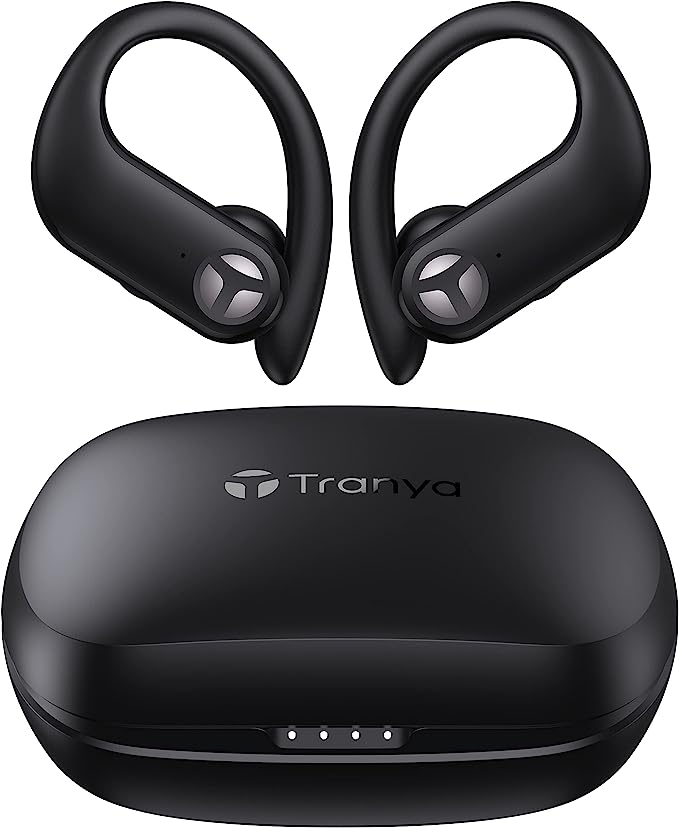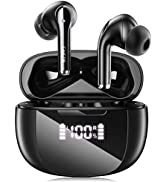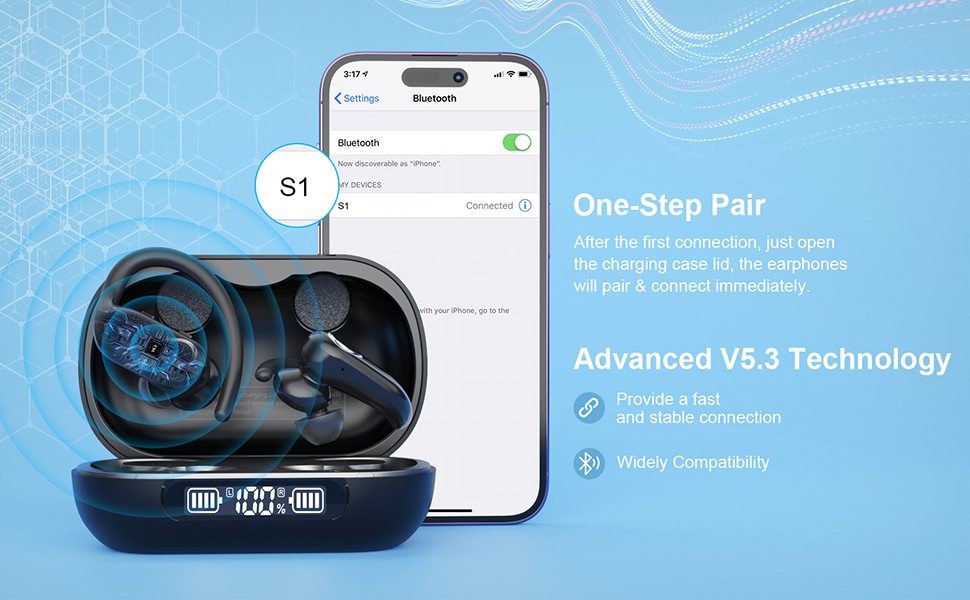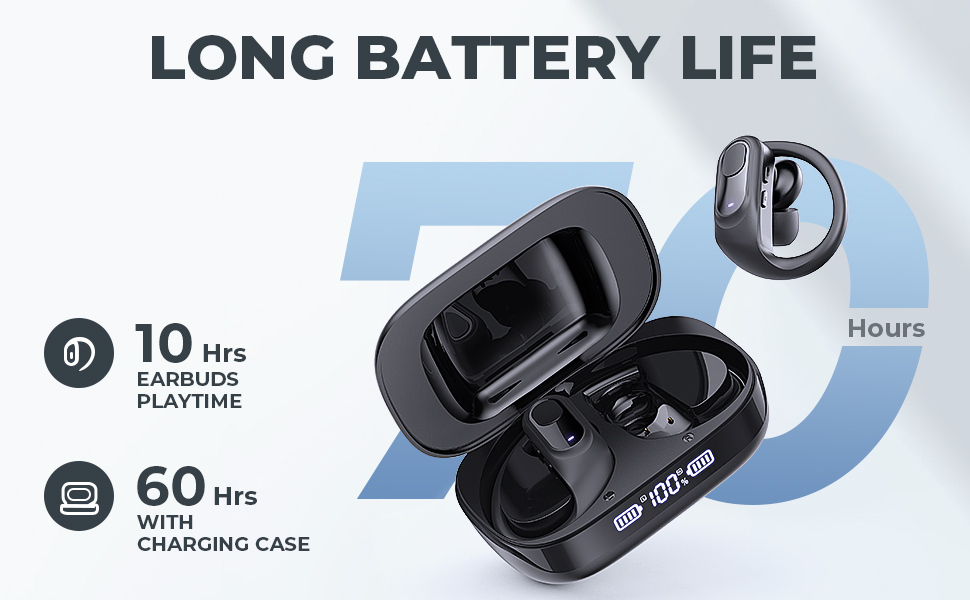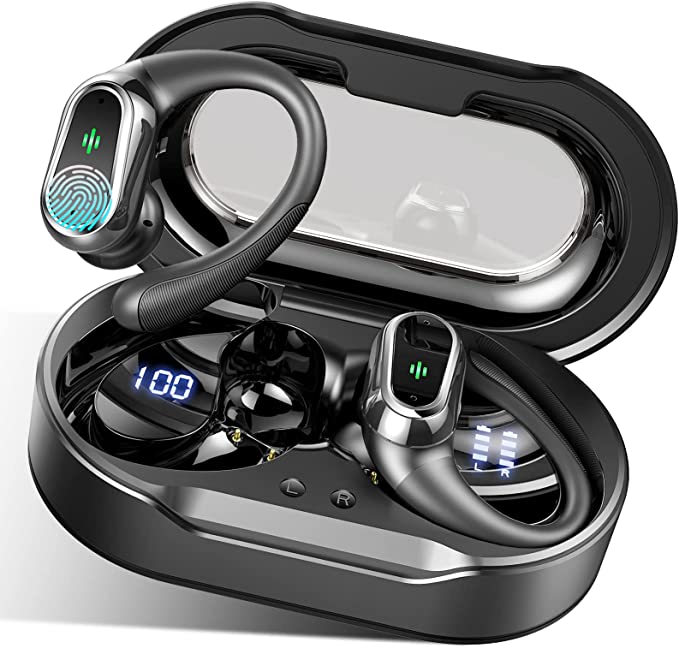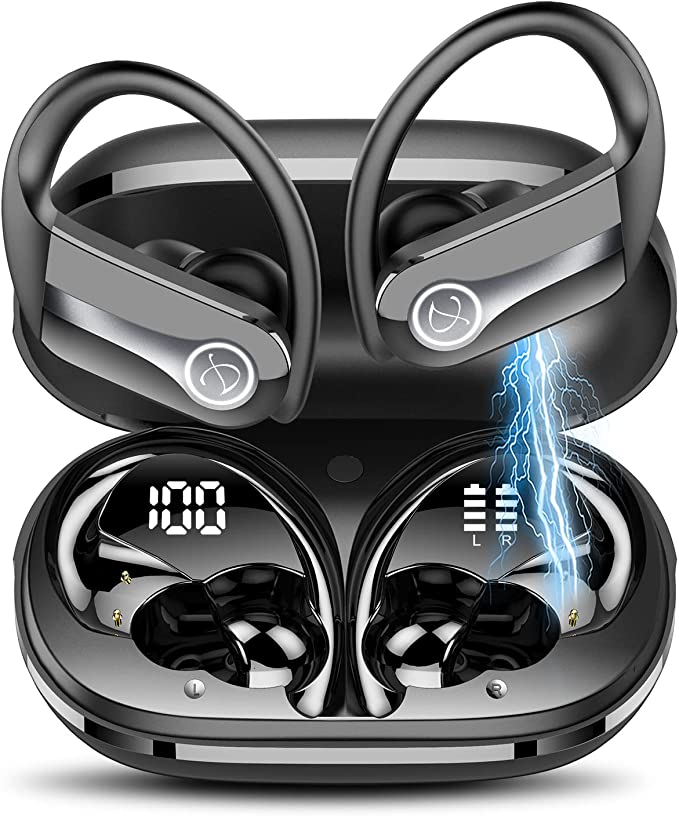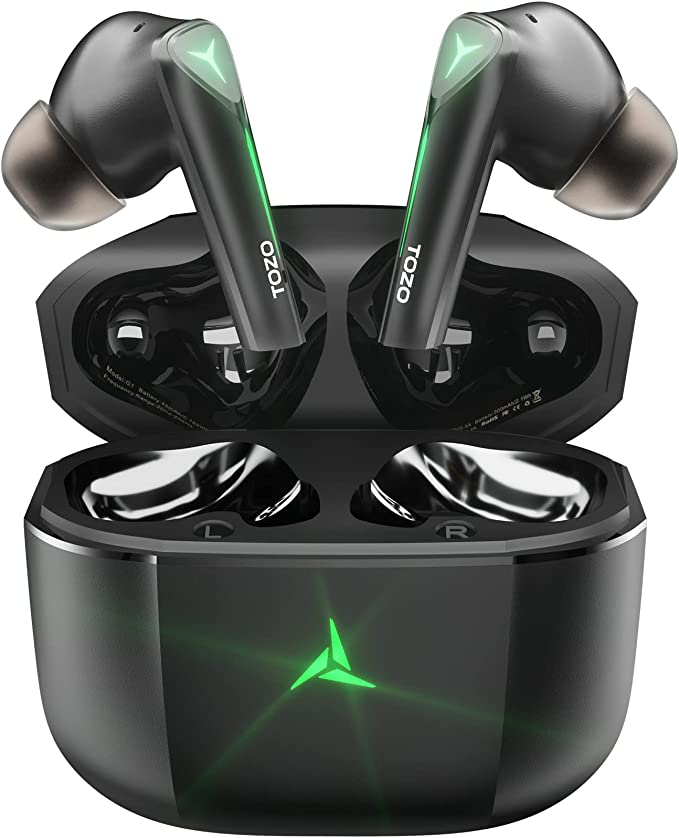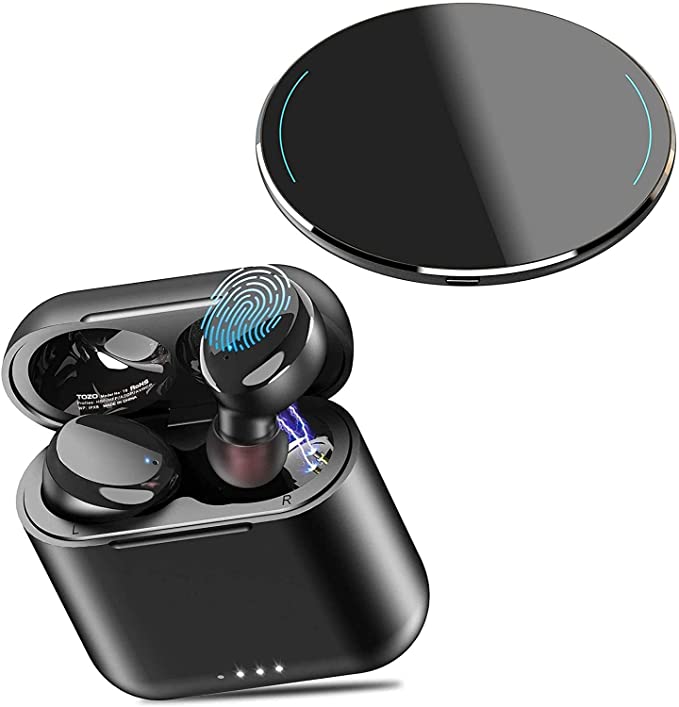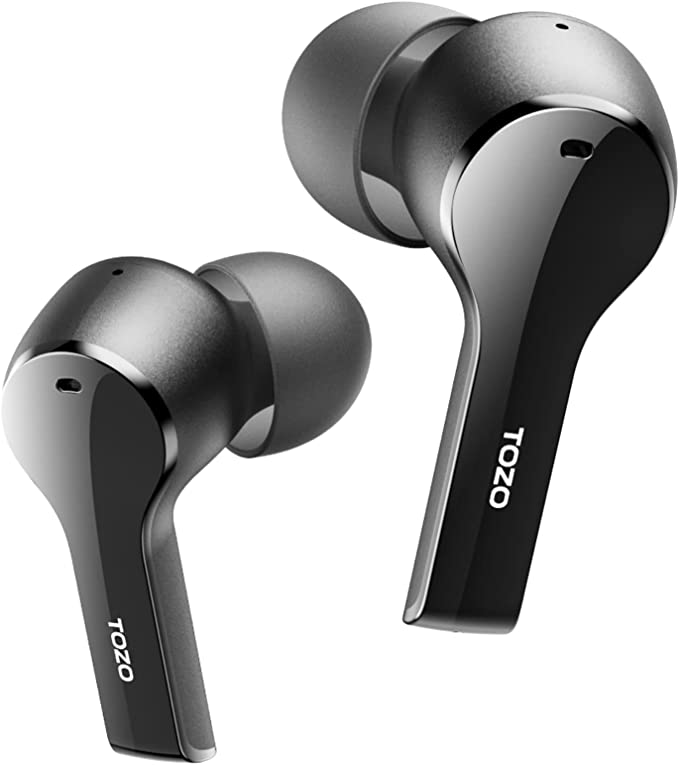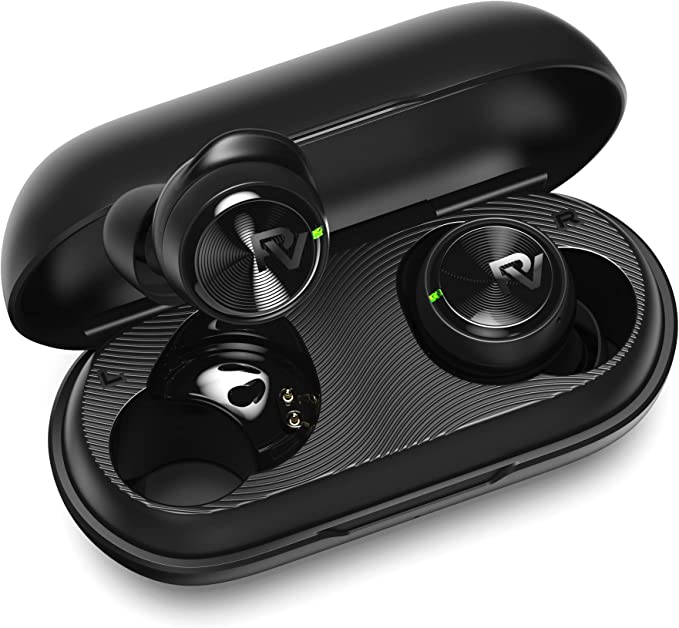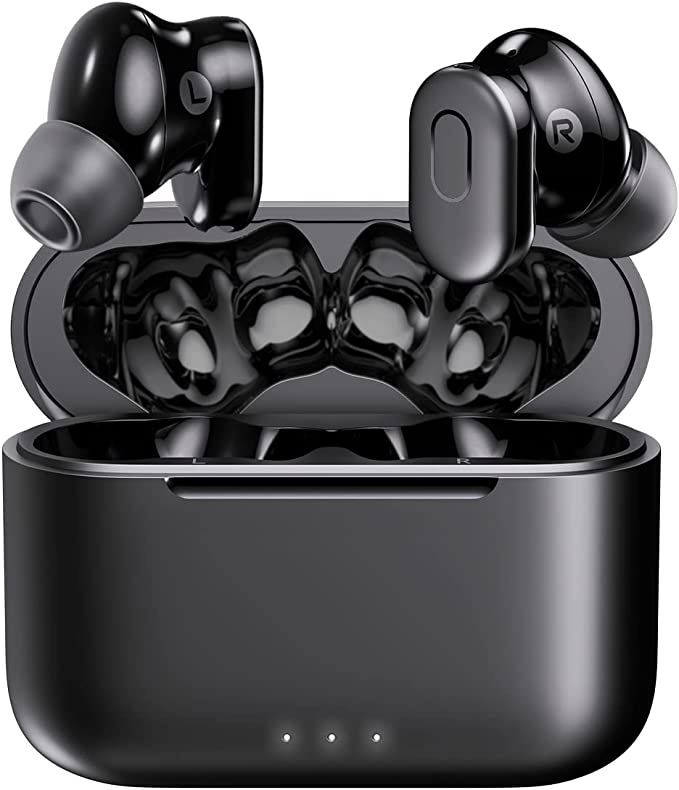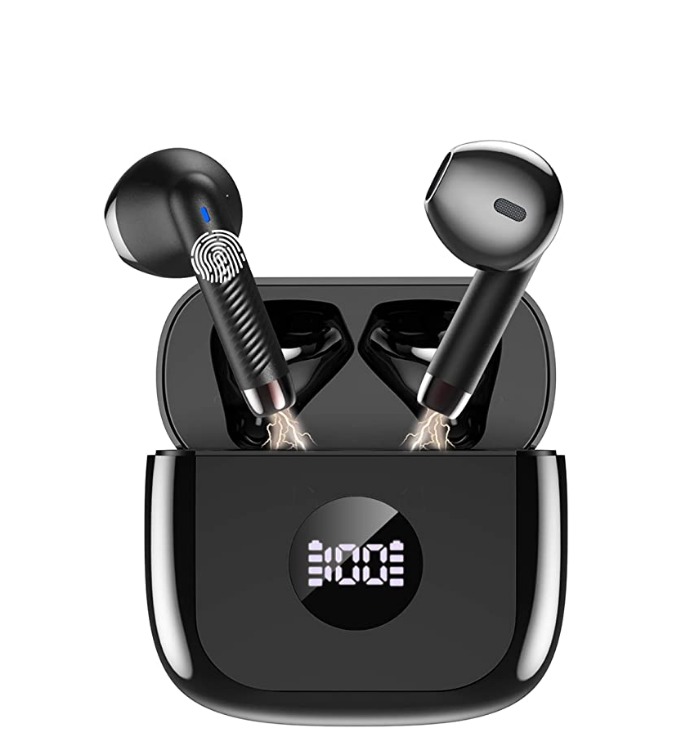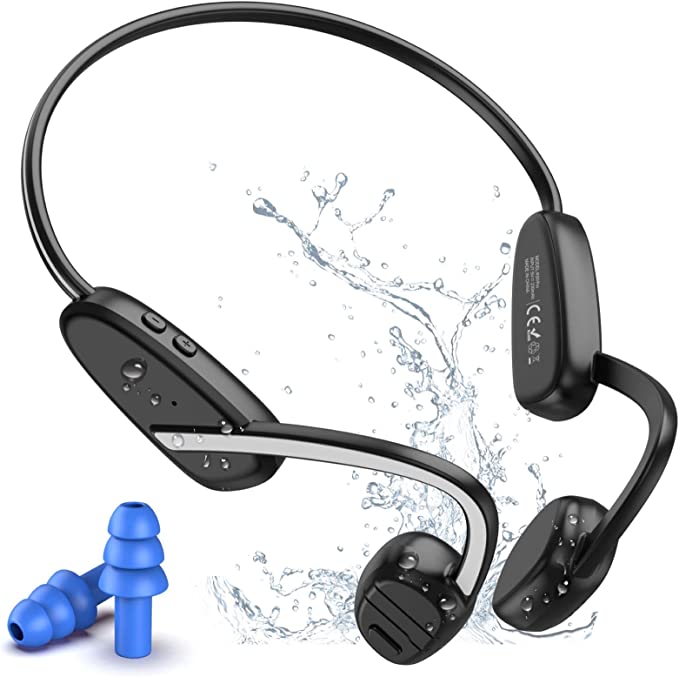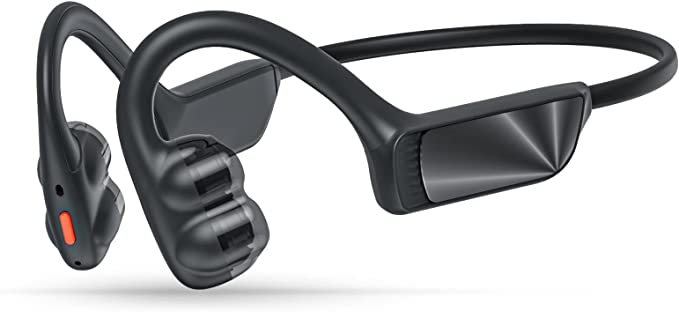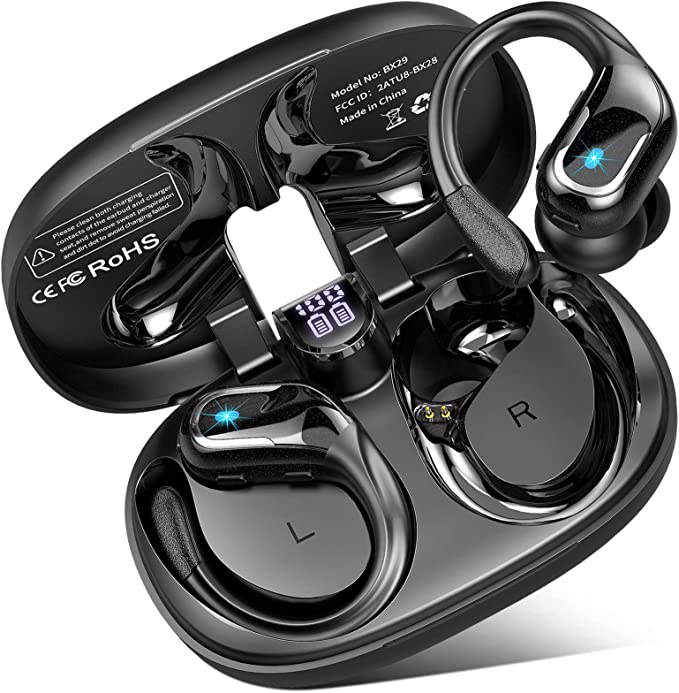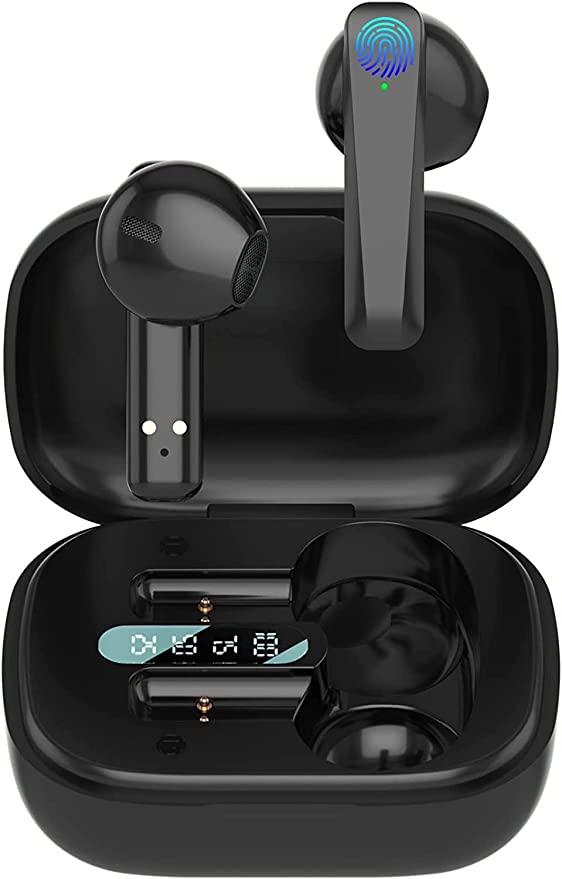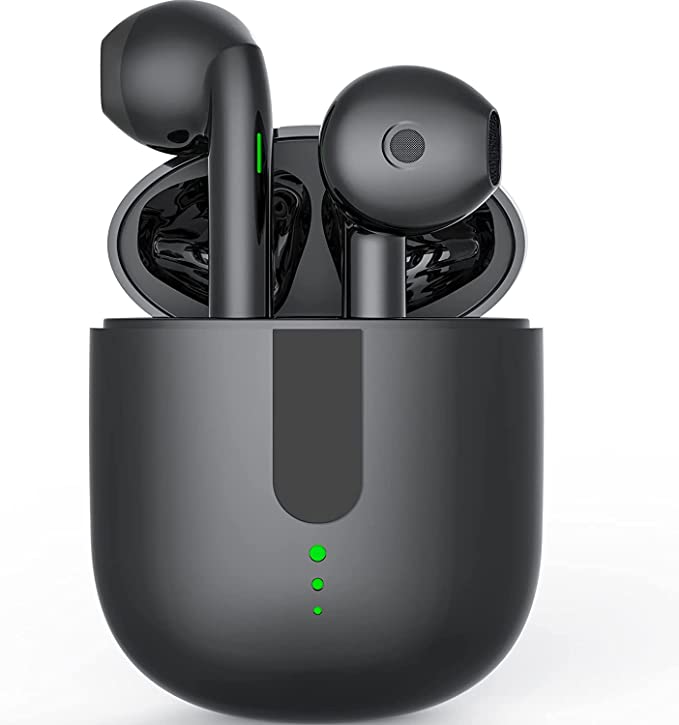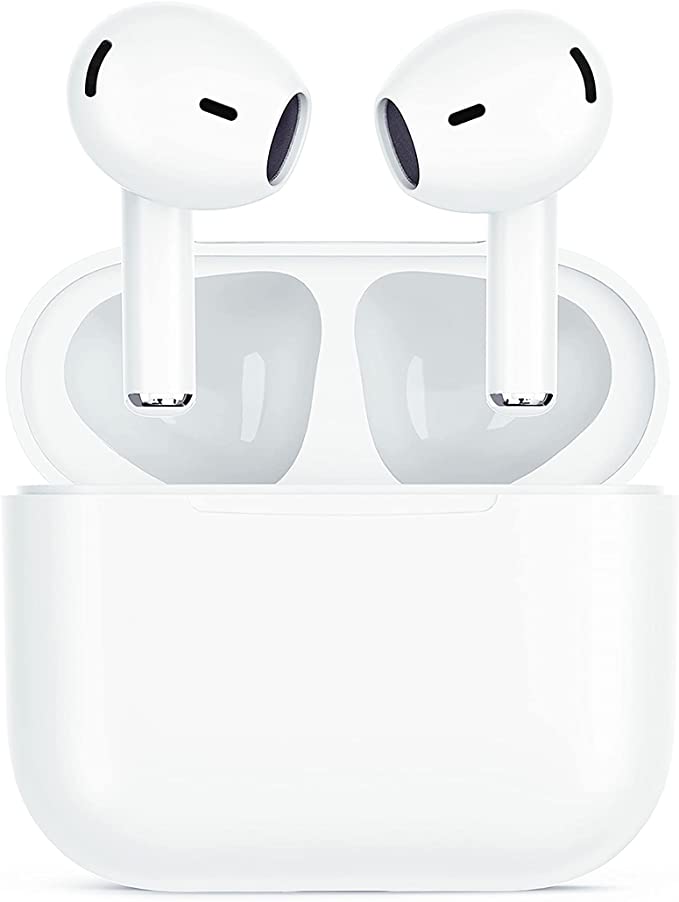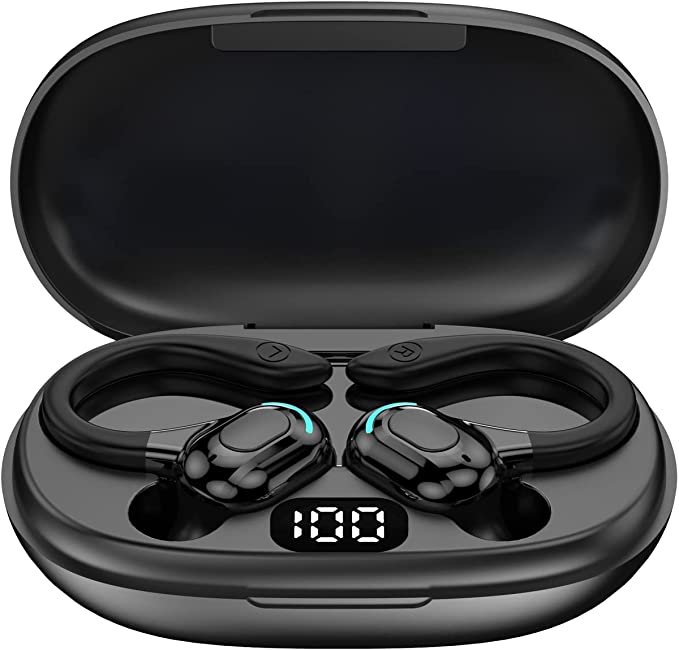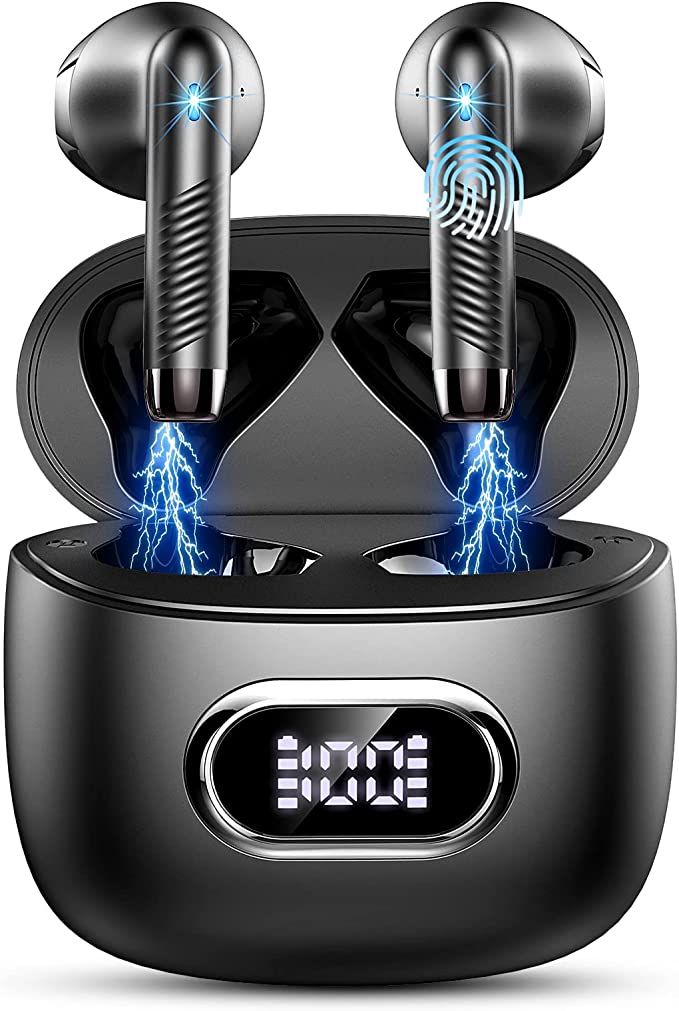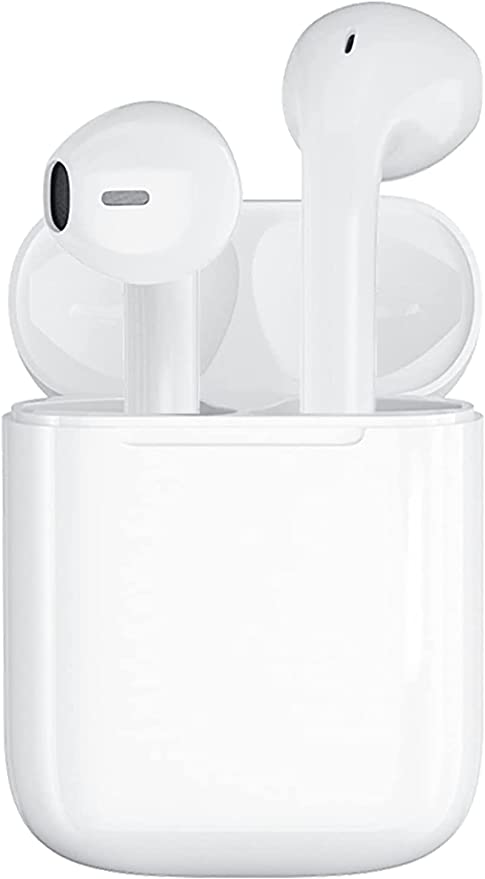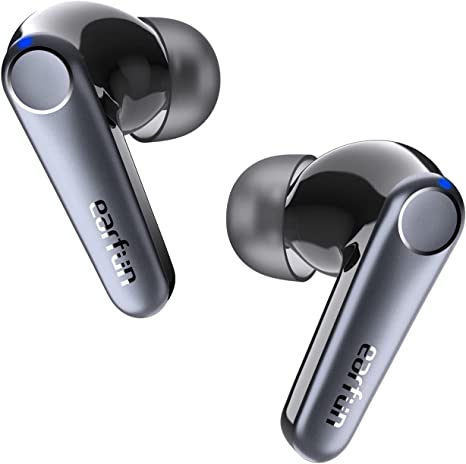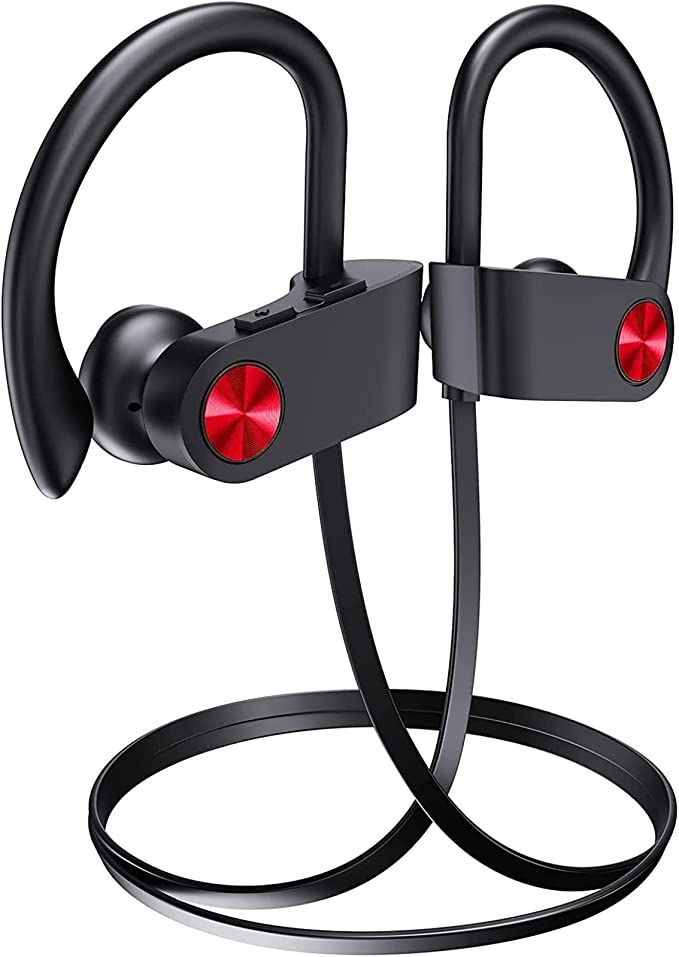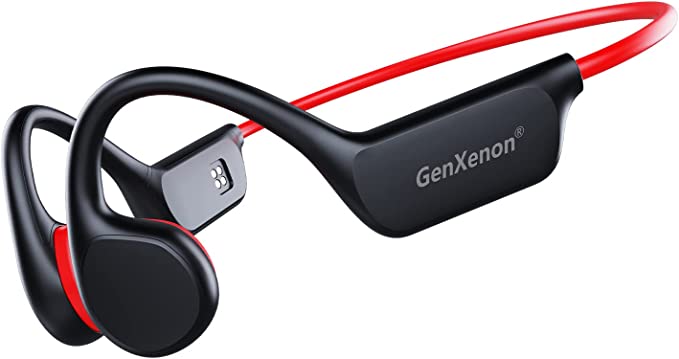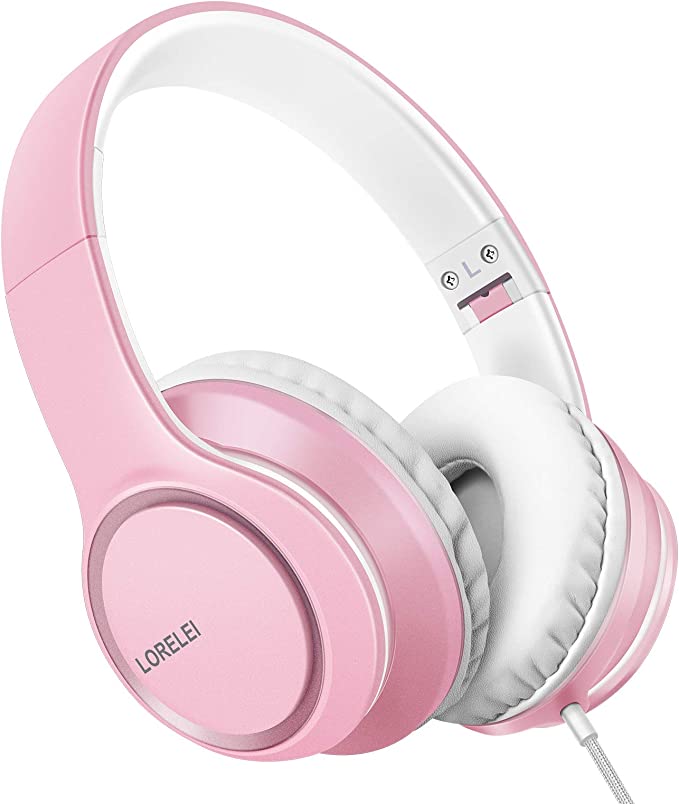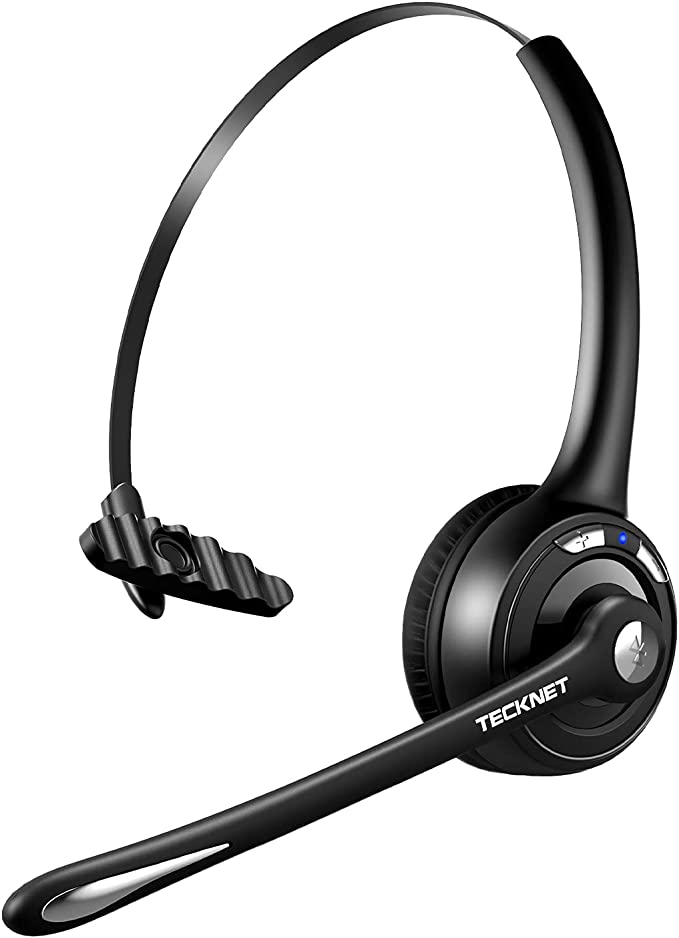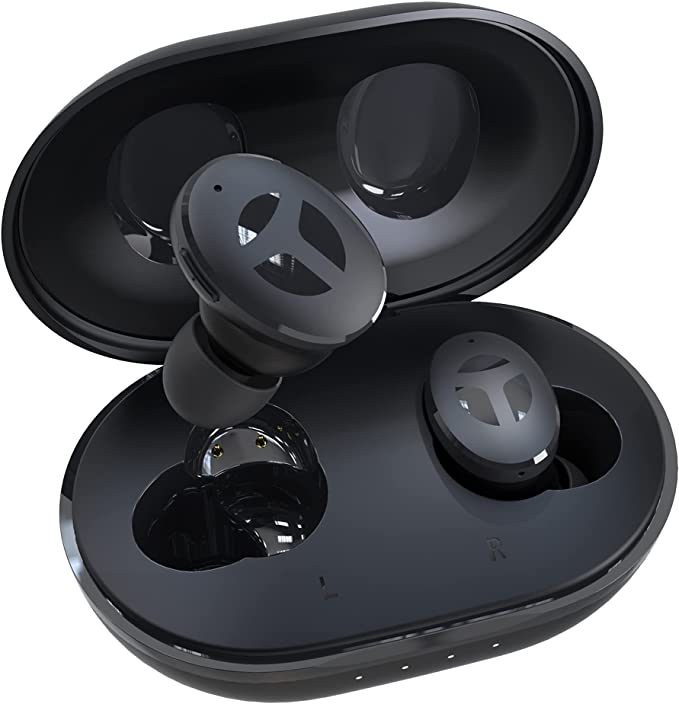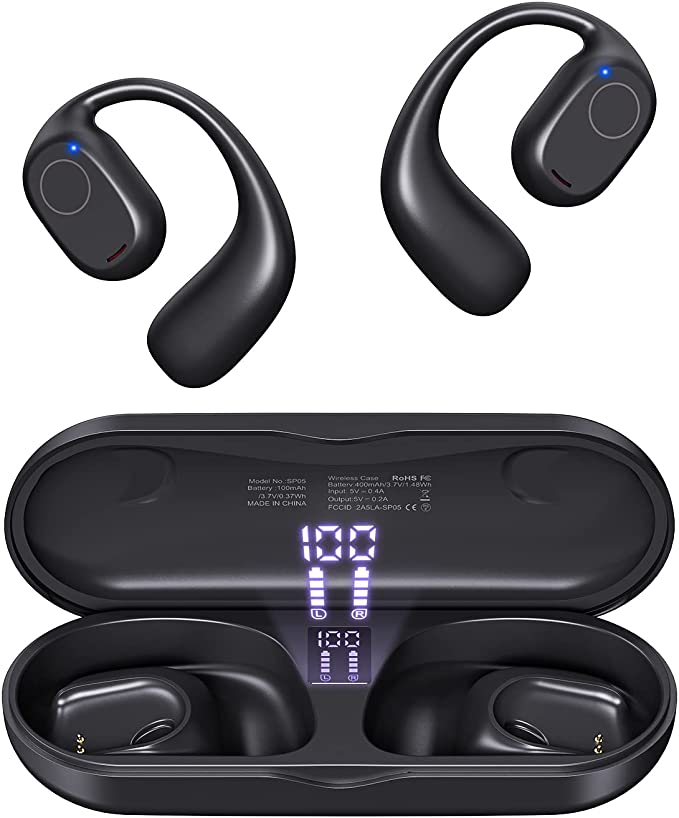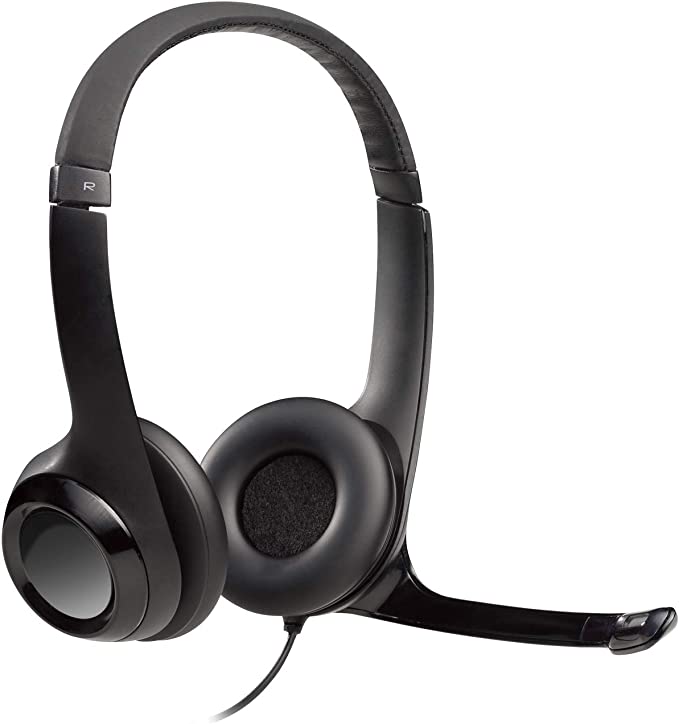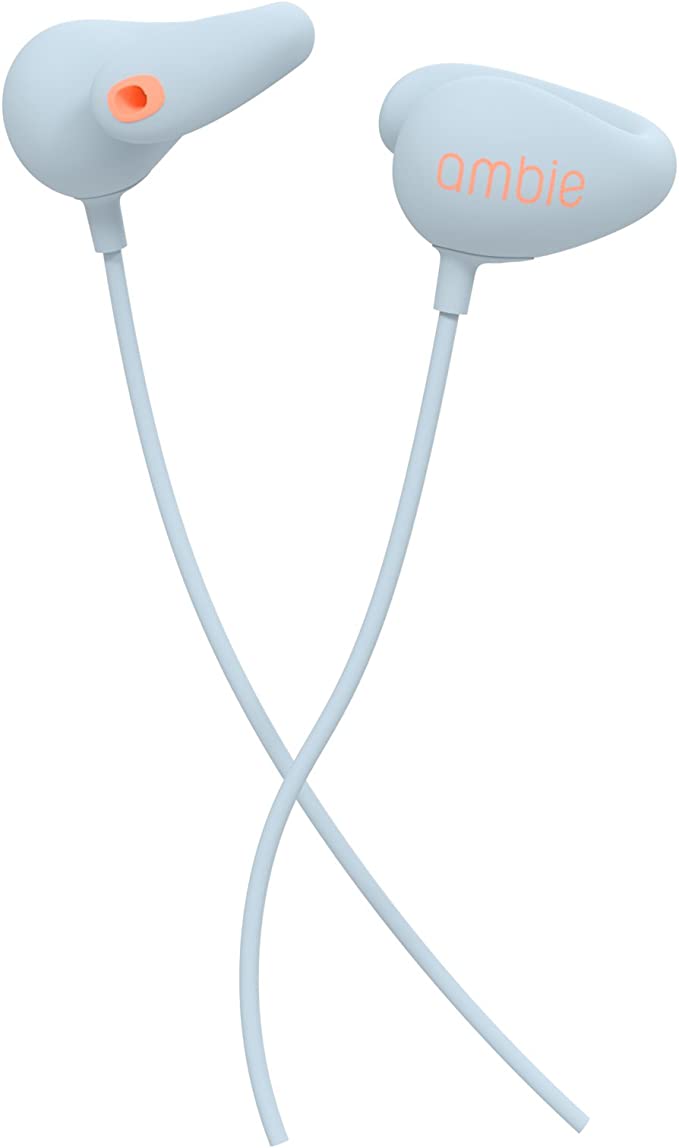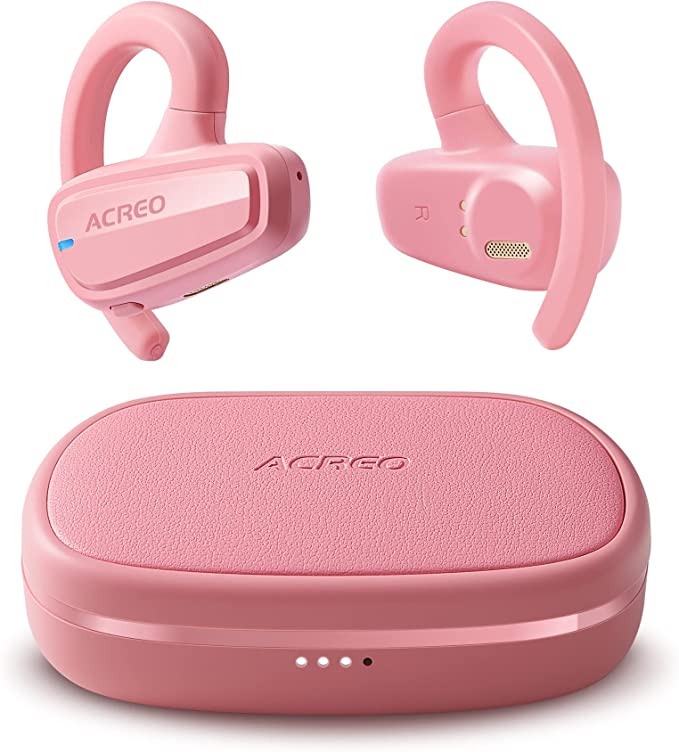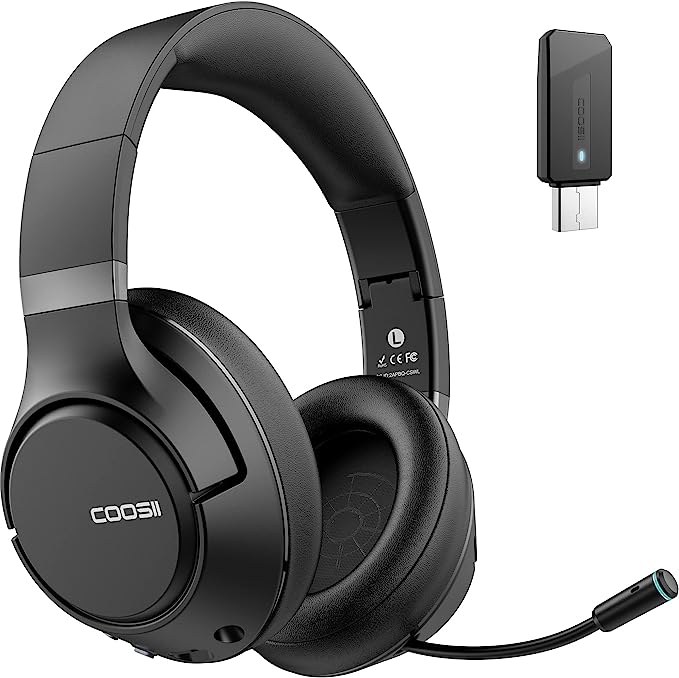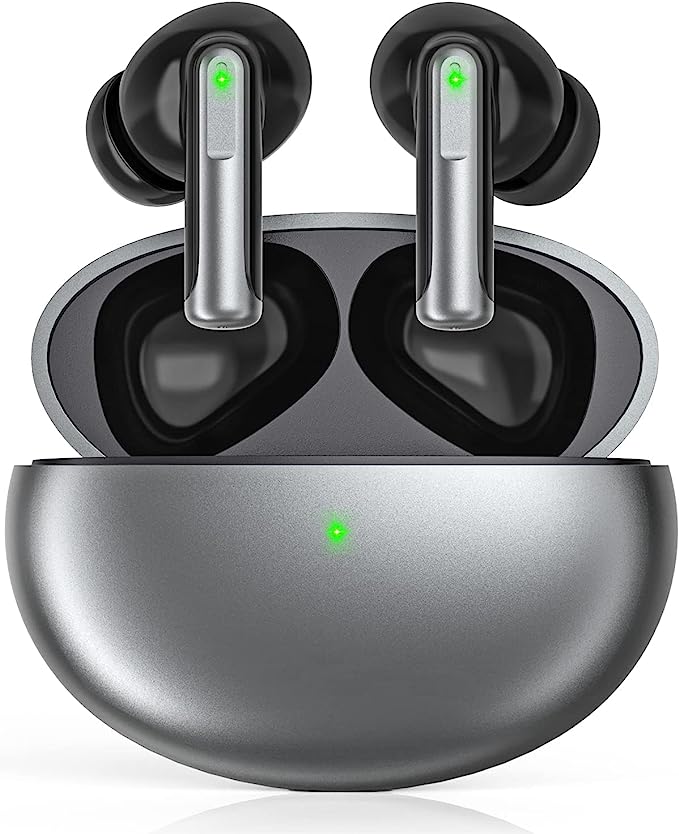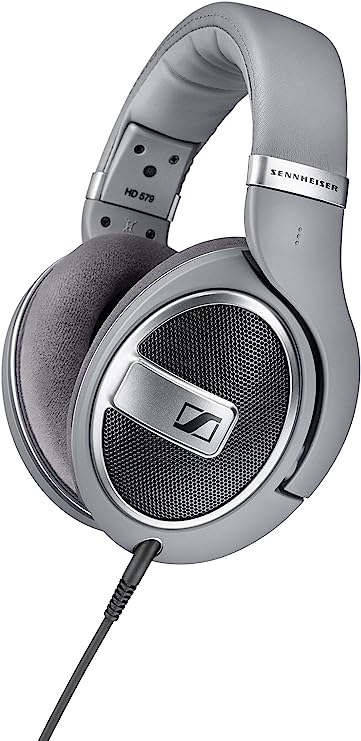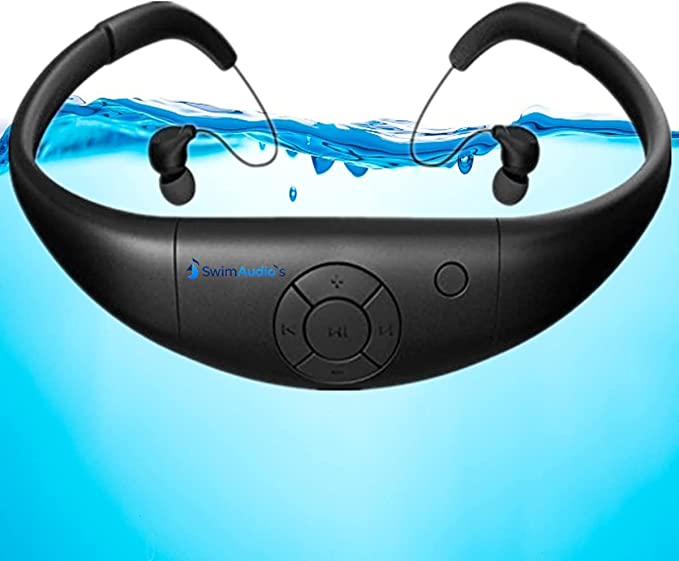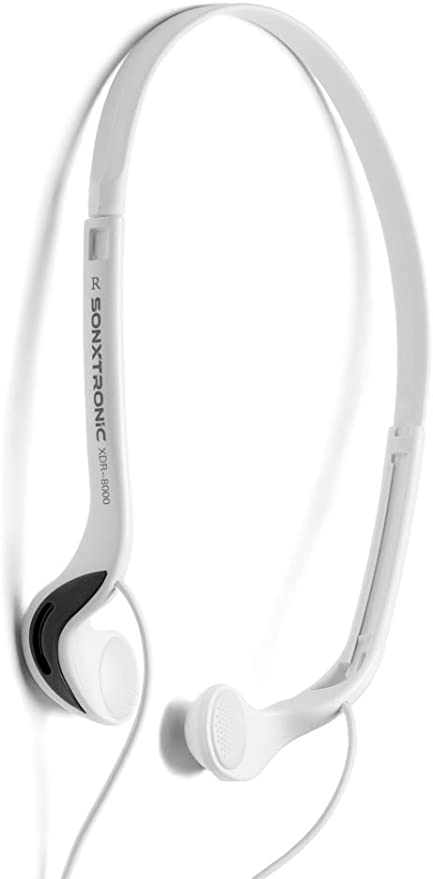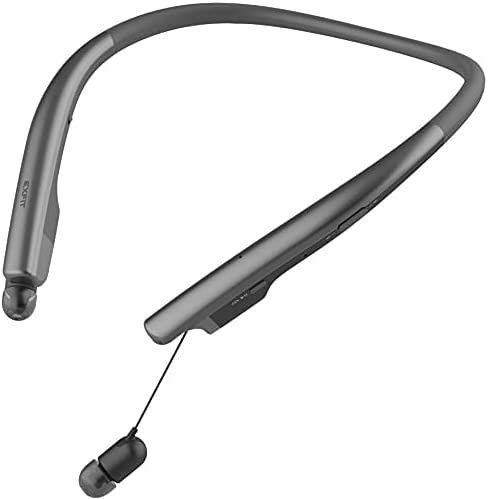kurdene TWS G01 True Wireless Earbuds: Clear Sound Quality at an Affordable Price
Update on June 20, 2025, 7:03 a.m.
The world of True Wireless Stereo (TWS) earbuds is a vibrant, bustling marketplace, brimming with options that promise to untether us from our devices and immerse us in sound. Among these, budget-friendly contenders often emerge, tempting us with modern features at an accessible price point. The Kurdene TWS G01 Bluetooth 5.3 LE Audio Earbuds are one such product, advertising a suite of contemporary technologies. But what do these specifications truly mean for your listening experience, and how do they stack up when faced with real-world use? Let’s embark on a journey to decode the tech, listen to user voices, and understand what truly matters in the quest for good wireless audio.

The Wireless Heartbeat: Bluetooth 5.3 and the Dawn of LE Audio
At the core of any TWS earbud lies its Bluetooth technology, the invisible thread connecting you to your music, podcasts, and calls. The Kurdene TWS G01 boasts Bluetooth 5.3, a noteworthy iteration in this ever-evolving standard.
Bluetooth 5.3: More Than Just a Number
You might see Bluetooth version numbers tick up and wonder if it’s just marketing. While the changes can be incremental, each step often brings tangible benefits. Bluetooth, managed by the Bluetooth Special Interest Group (SIG), has come a long way since its inception. Bluetooth 5.3, compared to its predecessors like 5.0 or 5.1, generally offers refinements in several key areas: * Enhanced Connection Stability: Think fewer annoying dropouts or stutters, especially in environments crowded with other wireless signals. It achieves this through features like improved channel classification, allowing the earbuds to more intelligently hop between frequencies to avoid interference. * Better Power Efficiency: This is a big one for small, battery-powered devices. Bluetooth 5.3 is designed to be kinder on your earbuds’ battery, potentially leading to longer listening sessions before you need to pop them back in their charging case. * Reduced Latency (in some aspects): While not its primary focus, some underlying improvements can contribute to a slightly snappier connection, which is always welcome when watching videos or gaming to ensure audio and video are well-synced.
These enhancements mean that, ideally, your daily experience involves a more robust and reliable connection, letting you focus on the content, not the connection itself.

LE Audio: The Next Wave in Wireless Sound
Perhaps more exciting is the mention of “LE Audio.” This isn’t just another version number; it’s a new architecture for Bluetooth audio, promising significant advancements. * The LC3 Codec: At the heart of LE Audio is the Low Complexity Communications Codec (LC3). This advanced codec is designed to deliver perceived higher audio quality, even at lower data rates (bitrates) compared to the older, standard SBC codec that all Bluetooth audio devices must support. In simpler terms, LC3 can make your music sound as good, or even better, while using less data, which further contributes to power efficiency. * Auracast™ Broadcast Audio: While not explicitly detailed as a feature of the G01, LE Audio as a platform enables exciting possibilities like Auracast™. Imagine being in an airport or gym and being able to tune into public audio broadcasts directly with your LE Audio-enabled earbuds – that’s the future Auracast aims for.
However, new technology often comes with an adoption curve. User “Terry Yu” shared his experience with the Kurdene G01: “Couldn’t get lc3 to work… I could only get them to connect using sbc.” This is a common scenario. For advanced codecs like LC3 to function, both your earbuds and your source device (phone, laptop) need to fully support LE Audio and the LC3 codec. If not, devices typically fall back to the universally compatible SBC codec. So, while the G01 might be LE Audio capable, your actual experience will depend on the entire audio chain.

The Soundscape: Chasing “Immersive Deep Bass” and Clarity
Kurdene highlights “Immersive Deep Bass” as a key feature. Let’s delve into what this means from an audio science perspective.
The Science of Bass in Your Ears
The “thump” or richness of bass frequencies in earbuds primarily comes from a combination of factors: * Drivers: These are the tiny speakers inside each earbud. Their size, material, and design significantly influence how well they can reproduce low frequencies. * Acoustic Design: The internal chamber of the earbud and how it’s tuned plays a role. * Ear Seal: This is crucial. A snug, airtight seal between the ear tip and your ear canal is essential for good bass response. Without it, low frequencies can “leak” out, resulting in a thin or weak sound. This is why most TWS earbuds come with multiple sizes of ear tips.
The term “Immersive Deep Bass” is, of course, subjective. What one person perceives as deep and impactful, another might find muddy or overwhelming. The goal for most listeners is a balanced sound where bass is present and enjoyable without overshadowing the mids and highs.
Clarity and Overall Sound: A Subjective Symphony
Beyond bass, overall sound clarity is paramount. User “Sam Karp” found the “sound is good” with the G01, and “Cassandra Porter” specifically praised the “sound quality is clear and crisp.” This suggests that for some users, the G01 delivers a pleasing audio experience. It’s always a good reminder that our perception of audio quality is deeply personal, influenced by our hearing, musical preferences, and even the type of ear tips used.

Built for Life’s Splashes: Understanding IPX5 Water Resistance
The Kurdene TWS G01 earbuds carry an IPX5 rating, which offers a degree of protection against the elements.
Decoding the IP Code: What IPX5 Really Means
The IP (Ingress Protection) rating system is an international standard (IEC 60529) that classifies the degrees of protection provided by enclosures of electrical equipment. * The first digit (replaced by ‘X’ here) relates to protection against solid particles (like dust). An ‘X’ means it hasn’t been specifically tested or rated for dust ingress. * The second digit, ‘5’ in IPX5, indicates protection against liquids. Specifically, IPX5 means the earbuds are protected against low-pressure water jets projected by a nozzle (6.3 mm) from any direction.
Real-World Scenarios: Sweat, Rain, and Peace of Mind
In practical terms, an IPX5 rating makes these earbuds suitable for: * Workouts: They should comfortably handle sweat. * Light Rain: Getting caught in a drizzle while jogging or commuting shouldn’t be an issue.
However, it’s vital to understand the limitation: water-resistant is not waterproof. An IPX5 rating does not mean you can submerge the earbuds in water. So, activities like swimming or wearing them in the shower are definitely out.

Can They Hear You Now? The “Clear Call” Conundrum
For many, TWS earbuds are as much about calls as they are about music. The G01s are listed with a “Built-in Microphone with… Clear Call.”
The Mechanics of TWS Microphones
Most TWS earbuds feature one or more MEMS (Micro-Electro-Mechanical Systems) microphones in each earbud. Capturing clear voice in such a small form factor, often far from the mouth and in noisy environments, is a significant engineering challenge. Manufacturers employ various techniques, such as beamforming (using multiple mics to focus on the speaker’s voice) or noise reduction algorithms, to improve call quality.
The User Verdict on Call Quality
Despite the “Clear Call” claim, user “Stef-Stef” offered a straightforward assessment: “These are great if you just want to use them to just listen, however the microphone isn’t good.” This type of feedback is not uncommon for budget TWS earbuds, where microphone performance can sometimes be a compromise to keep costs down. If frequent, crystal-clear calls are a high priority, this is an area to scrutinize carefully across any TWS earbud reviews.
Beyond the Specs: Comfort, Control, and Quibbles
Technical specifications tell only part of the story. The everyday usability, comfort, and reliability are just as important.
The Ergonomic Equation: A Perfect Fit or a Pinch Point?
Earbud comfort is intensely personal due to the vast diversity in human ear shapes and sizes. An earbud that feels perfect for one person can be an instrument of torture for another. * User Voices tell this story vividly for the G01: “Cassandra Porter” found they “fit my small ears perfectly,” a great endorsement for those with smaller ear conchas. However, “Getsabel” had a starkly different and painful experience: “At this point my ears hurts so bad :( does not paired evenly. I honestly have a mark inside my ear. Right earbud is super sharp.” This highlights a potential design or manufacturing issue with the specific unit Getsabel received, or a fundamental incompatibility with her ear shape. * The importance of trying different ear tip sizes (usually included) cannot be overstated, as they affect not only comfort but also sound isolation and bass response.
Touch Controls: Convenience at Your Fingertips
The Kurdene G01 features touch controls, a common and convenient way to manage music playback (play/pause, skip tracks), and answer or end calls without needing to pull out your phone. The responsiveness and intuitiveness of these controls contribute significantly to the overall user experience.
The Occasional Hiccup: Notes on Pairing and Potential Quality Issues
In the realm of budget electronics, occasional inconsistencies can arise. Beyond the comfort issue, Getsabel also mentioned the earbuds “does not paired evenly.” Adding to this, “Dio el resultado súper rápido” reported (translated from Spanish), “No me gusto se escucha muy bajo y aparte uno de ellos no funciona” – “I didn’t like it, it sounds very low and besides one of them doesn’t work.” These isolated reports, while not necessarily indicative of a widespread problem given the small sample of 10 reviews, do serve as a reminder of potential quality control variations.
The Bigger Picture: Interpreting the Kurdene TWS G01 Experience
So, what does all this tell us about the Kurdene TWS G01?
A 3.5-Star Story: Reading Between the Lines of User Ratings
With an average of 3.5 out of 5 stars from 10 global ratings, the user experience is clearly mixed. The distribution is quite polarized: a strong 41% of users gave a perfect 5-star rating, while a significant 25% gave only 1 star. This often suggests that when the product works well and fits the user, it’s well-received, but for others, deal-breaking issues (like comfort or functionality) arise.
Value Proposition: Balancing Features Against Potential Flaws
For a product likely positioned in the budget segment of the TWS market, the inclusion of features like Bluetooth 5.3 and IPX5 water resistance is certainly attractive on paper. These are specifications often found in more expensive models. The challenge, as with many budget-friendly devices, can be in the consistent execution of all features and overall build quality or ergonomic refinement.
“Currently Unavailable”: A Pause for Thought
At the time of writing this analysis, the Amazon listing states, “Currently unavailable. We don’t know when or if this item will be back in stock.” While this means you likely can’t purchase the Kurdene TWS G01 right now, its story offers valuable lessons. It’s a snapshot of how new technologies like LE Audio begin to filter down into more affordable products, and it underscores the critical importance of looking beyond a spec sheet to consider real-world user experiences, especially concerning comfort, call quality, and reliability.

Conclusion: Navigating the Wireless World with Informed Ears
The Kurdene TWS G01 Bluetooth 5.3 LE Audio Earbuds, as presented through their specifications and user reviews, paint a picture common in the rapidly evolving TWS market: a blend of promising technology and variable real-world execution. Features like Bluetooth 5.3 and an IPX5 rating are definite pluses for their likely price point. However, reported issues with comfort for some users, microphone performance, and isolated quality control concerns highlight areas where individual experiences can diverge significantly.
For consumers, the G01’s story (even in its unavailability) serves as a useful reminder: * Understand the Tech: Knowing what Bluetooth 5.3 or LE Audio should deliver helps you assess value. * Value Real-World Feedback: User reviews, especially when they detail specifics like comfort or call quality, offer insights that spec sheets can’t provide. * Prioritize Your Needs: If impeccable call quality or a guaranteed comfortable fit for highly sensitive ears are your top priorities, your scrutiny should be higher, particularly in the budget category.
The journey of wireless audio is one of constant innovation. We can anticipate that technologies like LE Audio will become more widespread and seamlessly integrated, and that the overall quality and reliability of even budget-friendly TWS earbuds will continue to improve. Until then, listening with informed ears is your best guide.

